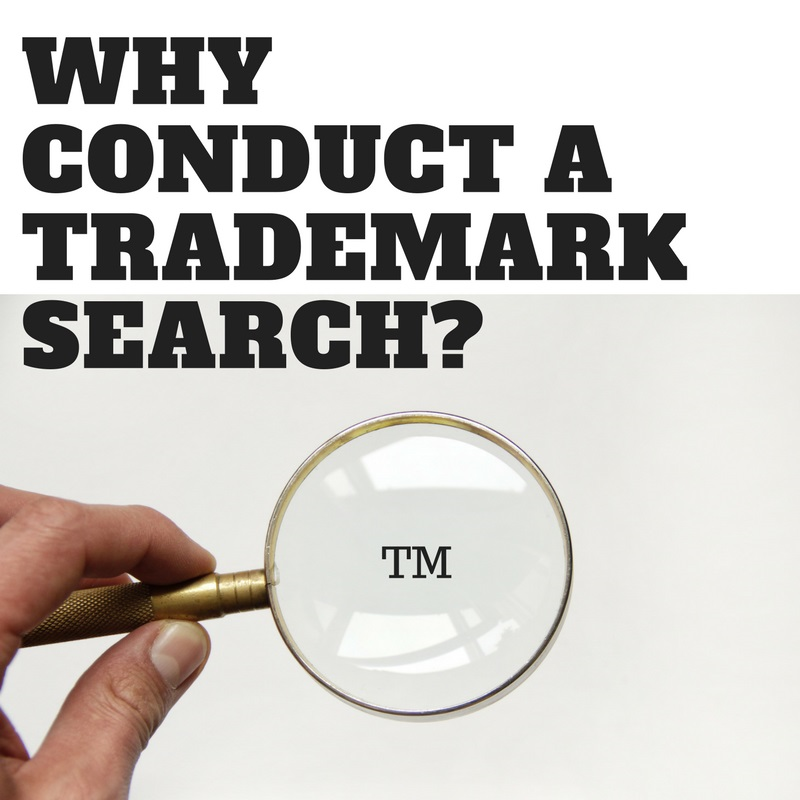This may seem like an odd question to ask, but it’s a good one to consider when beginning your journey into a trademark registration territory. Trademark Angel is here to help guide the way!
So, you shouldn’t file you are a trademark if:
-
You haven’t searched the availability of the mark first
Filing without searching can be a surefire way to get into trouble. It’s like driving down a highway without any headlights. It’s often the case that you’ll make it all the way to the USPTO examiner (a potentially lengthy process all on its own) before he or she cites a prior registration as an obstacle to your own registration goals. What a waste of your business’ time!
In fact, even if your application makes it all the way to official registration. Third parties still have another five years to petition for cancellation based upon prior use. This is why it’s always better to search the availability and potential success of your proposed trademark before beginning the process of registration.
While an initial trademark search may be done on the USPTO website. It’s a good idea to consult with a trademark professional before looking into the use of a potential logo.
-
Filing may prompt an unwarranted objection
You may not know this, but trademark applications are a matter of public record.
This means that many sophisticated trademark owners hire “watching services” to keep an eye out for any new trademark filings that infringe upon their own trademarks!
Sometimes, it’s best to fly under the radar; not filing a trademark won’t give you the same benefits as official registration. But it does allow you to keep some of the bigger businesses off your back!
-
The mark is too descriptive, generic or scandalous
Remember: the Trademarks Office may refuse registration of a mark that merely describes an ingredient, quality, characteristic, function, feature, purpose or use of your particular goods and/or services. A seasoned brand lawyer will be able to help with this: they can often point out when a mark might be flagged as too descriptive or generic, and prompt you to come up with something more distinctive.
Example of a descriptive trademark: SUPER GROW within the fertilizer market.
Exception to the rule: Descriptive trademarks may be registered after a period of extensive use. A good example is BEST BUY.
It’s also important to note that, in the US, descriptive marks can be registered on the Supplemental Register if they are already in use (and can be proven as such) in a US-centric marketplace.
On the other hand, scandalous or deceptive marks can likewise be flagged, in which case a trademark lawyer could point out the respective issues and assist you in coming up with something more registrable.
Example of a deceptive trademark: ALL BRAN for cereal that does not contain any bran.
Examples of scandalous trademarks: DICK HEAD for restaurant services; JACK-OFF for adult entertainment.
-
The anticipated lifespan of the mark is short lived
You should know that the earliest that one can expect a registration to be officially issued is about six months after a successful filing. This does not take into account any potential objections to the registration, or whether or not the proposed label is already in use. Either of these variables can mean a considerably longer registration time than anticipated.
This means that, if the intended use of the mark is limited in duration, there may not be much value in spending the resources to file an application. Although registration provides many important benefits, the trademark owner may simply rely on “common law rights” which come from using the mark in the sale or provision of goods or services.
-
The trademark owner already owns a similar registration
It is not necessary to register a mark for everything under the sun. In the U.S., the “related goods” doctrine often protects goods and services that are closely related to current trademarks by the same company.
For example, if an owner has a trademark for t-shirts. It may not be worth filing a new application to register that same mark for sweatshirts or hooded shirts. In fact, if a third party started selling sweatshirts under the same mark, it would likely be considered trademark infringement; consumers would realistically expect the goods to come from the same source!
There are many other instances in which applying for trademark registration may not be necessary or advisable.
However, registering a brand is often the most prudent way to maximize brand value and minimize risk conflict, especially with competing businesses. In these cases, a trademark professional can provide you with the pros and cons of your particular trademarking goals. Which means you get to spend less time worrying about trademark registration and more time running your business.
Trademark Angel is here to help.
Please feel free to contact us, no obligation. With any questions about the possibility of logo registration for you and your growing business!



